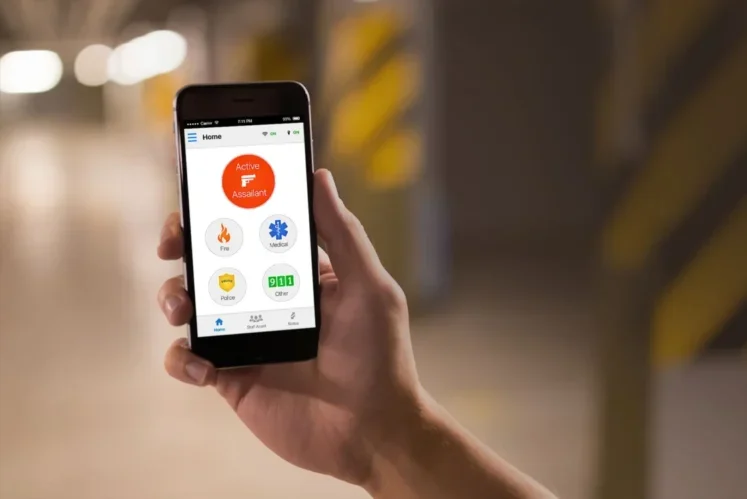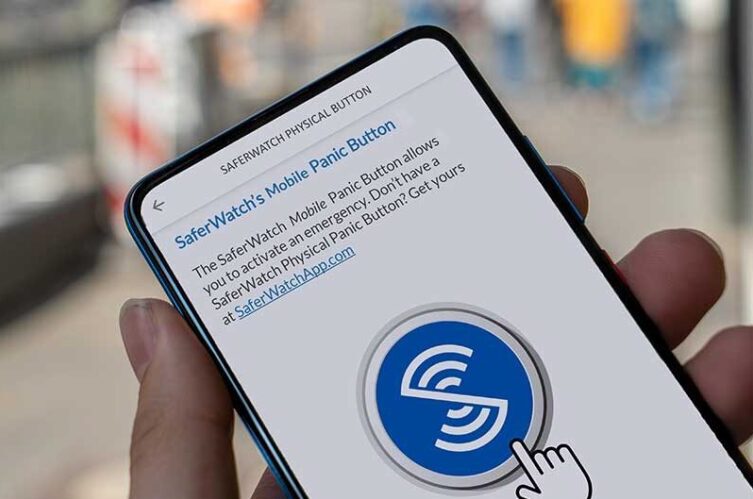
In the digital age, ensuring the safety of students within school premises has evolved beyond traditional methods. The integration of technology in educational environments, particularly emergency response apps and communication tools, has opened new avenues for enhancing safety measures.
These innovations offer the promise of swift and effective responses in critical situations, transforming how schools prepare for and handle emergencies. This article explores the role and impact of these technologies, shedding light on their benefits, challenges, and future potential in safeguarding our schools.
The Rise of Emergency Response Apps in Schools

The advent of emergency response apps has marked a significant shift in school safety protocols. These applications are designed to address various aspects of crisis management, offering features ranging from instant alerts to streamlined communication with emergency responders.
- Instant Alerts and Notifications: One of the primary functions of these apps is the ability to send instant, mass notifications to students, teachers, and staff. In situations like lockdowns or natural disasters, time is of the essence. These apps effectively eliminate communication delays, ensuring everyone on campus is aware of the situation and can act accordingly. Customizable alerts also allow for targeted messaging, addressing specific groups or areas within the school as needed.
- Real-Time Updates During Emergencies: Confusion and misinformation can escalate the situation during an emergency. Emergency response apps provide a reliable platform for real-time updates, keeping the school community informed with accurate information. This feature is crucial for maintaining calm and providing clear instructions on the steps to be taken, whether it’s evacuation routes or shelter-in-place orders.
- Direct Line to First Responders: Perhaps one of the most innovative aspects of these apps is their ability to provide direct communication to first responders. This feature enables immediate reporting of incidents, allowing for a faster response. In situations where every second counts, this direct connection can be lifesaving.
The Role of Communication Platforms in Coordinating Safety Efforts
In addition to emergency response apps, schools are increasingly utilizing various communication platforms to coordinate safety efforts. These tools are integral in creating a cohesive and comprehensive safety strategy.
- Centralized Communication Channels: Effective communication is the backbone of any emergency response plan. Modern platforms offer centralized channels where all safety-related communication can be disseminated. This centralized approach ensures that messages are consistent, authoritative, and reach all relevant parties without the clutter of multiple communication threads.
- Training and Preparedness: Emergency preparedness is about having the right tools and knowing how to use them. Communication platforms are being used to train staff and students in emergency procedures. Regular drills, instructional videos, and informational resources shared through these platforms help inculcate a culture of preparedness within the school community.
The Role of Personal Electronic Devices in Emergencies

The role of personal electronic devices (PEDs), such as smartphones, in school safety is a nuanced one. While they offer undeniable benefits in terms of instant communication, they also pose challenges that need to be addressed.
- Immediate Communication: In an age where nearly every student and teacher carries a smartphone, PEDs have become a vital tool in emergency communication. They allow individuals to receive alerts and updates directly, ensuring that they are informed and can respond promptly.
- Misuse and Distractions: Despite their advantages, the misuse of PEDs can lead to significant distractions. During emergencies, the proliferation of information through personal devices can spread rumors or misinformation, potentially escalating panic. Moreover, excessive use of PEDs during non-crisis times can disrupt the educational environment.
- Policy Development for PED Use: Balancing the benefits and drawbacks of PEDs in schools requires thoughtful policy development. Schools are crafting guidelines that outline when and how these devices should be used, particularly during emergencies. These policies aim to leverage the advantages of instant communication while minimizing distractions and misuse.
Integration Challenges and Privacy Concerns
While beneficial, integrating technology into school safety measures is not without its challenges. One of the primary concerns is the issue of privacy.
- Balancing Safety with Privacy: The use of apps and devices that monitor and track can raise significant privacy concerns. Schools must navigate the fine line between ensuring safety and respecting the privacy rights of students and staff. This includes being transparent about data collection, usage, and storage.
- Data Security and Management: With the increasing reliance on digital platforms, the security of the data collected becomes paramount. Schools must implement robust cybersecurity measures to protect sensitive information from potential breaches.
- Training and Familiarity with Technology: Effective use of these technologies requires adequate training for both students and staff. Ensuring everyone is familiar with how the apps work, and their role in an emergency is crucial for the technology to be effective.
Future Directions

As technology advances, so will the tools available for enhancing school safety. The future may see the integration of artificial intelligence and machine learning for predictive analytics, potentially identifying risks before they materialize.
Additionally, augmented reality (AR) could be used for more immersive safety training, providing realistic simulations of emergency scenarios.
Emergency response apps and communication tools have become indispensable in modern school safety strategies. They offer rapid communication, real-time updates, and direct lines to emergency services, proving invaluable in crisis situations.
However, the effective implementation of these technologies requires careful consideration of privacy concerns, data security, and the human element.
As schools continue to navigate the balance between technological innovation and ethical considerations, these tools will undoubtedly play a pivotal role in ensuring the safety and well-being of students and staff.
If you want to learn more about your child’s safety, check out our informative article and discover what schools are doing to enhance student security. This could help you decide on what school should your child go to ensuring his safety and security.












